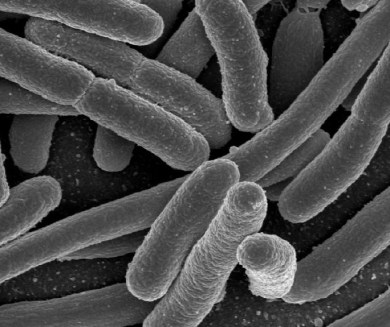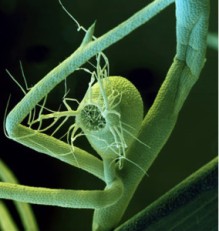Candida’s ability to cause infection has been identified.
Almost everyone has this fungus in their gut-Candida albicans! Though it lives in almost 80% of the human population, its quantities are kept under control by friendly gut bacterias. Affected are generally those people who have a relatively weak immune system, like HIV-infected patients, cancer chemotherapy recipients, or that are suffering from other severe illnesses. A study published in TheJournal of Biological Chemistry reported that it is now to target the fungal component, which is responsible for causing the dreaded disease.
The major roadblock has always been finding drug targets to control the fungal infection, because fungi are quite closely related to us. This means that if we consume an anti-fungal drug in order to kill the fungus, it might also adversely affect us. Keeping this in mind, research groups at John Hopkins University and Harvard Medical School have identified vacuoles as cellular organelles that play an important role in this process.
Vacuoles are meant to destroy cellular waste due to their acidic nature. The researchers discovered that acidification of vacuoles was important for fungal virulence. The research team focused on V-ATPase, an enzyme responsible for making many compartments of the cell, including the vacuoles, acidic.
Instead of taking whole enzymes into consideration, they homed in on just one of the enzymes components, known as subunit, which comes in many versions due to gene duplication. After inactivating many versions of subunit, they confirmed one subunit involved in imparting acidity as well as virulence to the vacuoles. Now unable to acidify the vacuole, the fungus could no longer form the tentacle-like filaments that characterize its deadly form.
This new discovery has opened many paths in the area of drug discovery. The study reveals a vulnerability that could be exploited using drugs known to alter the pH of the vacuole, rendering Candida harmless, posing little risk to infected patients.
Photo: Flickr, zabozrut
Source :
Patenaude C, Zhang Y, Cormack B, Köhler J, & Rao R (2013). Essential Role for Vacuolar Acidification in Candida albicans Virulence. The Journal of biological chemistry, 288 (36), 26256-64 PMID: 23884420









